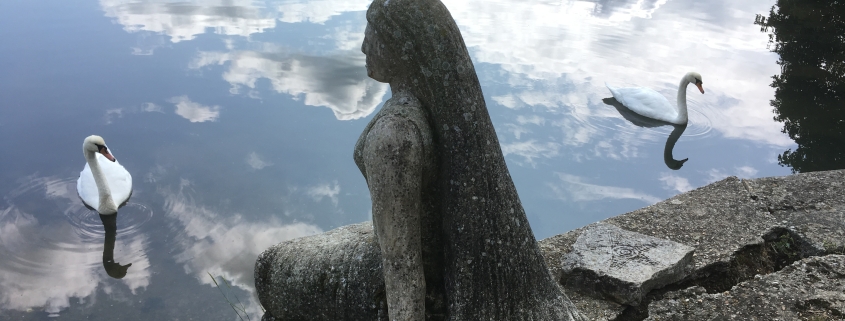
Medina Riverside Park
A pretty nature reserve and picnic site adjacent to the western bank of the Medina, at the southern end of the Newport-Cowes cycle track.
What to look and listen for …
The Medina Estuary is such an important area for nature conservation that it is protected by six different designations under national and international law. It is particularly recognised for its importance for birds, with its large areas of mudflats providing vital feeding grounds for a variety of species. Medina Riverside Park offers excellent views of the estuary.
The meadow area is rich in wildflowers such as knapweed ox-eye daisy, clover, buttercup, creeping thistle and fleabane and in summer you can spot an assortment of butterflies and other nectaring insects including honeybees, bumble bees, hoverflies, meadow brown and gatekeeper butterflies. Originally every species of native tree and shrub were planted on this site, many didn’t survive but you might be surprised by what you find.
There are four stone sculptures within the site and one on the foreshore – please say hello to Bettina, she sits near the in the brackish lagoon where you may spot small fish, shrimps and a variety of water insects. In late summer and early autumn you will also see purple Michaelmas daisies. Bettina also has her fan club- she is often visited by swans, gulls, oyster catchers and little egrets. The mud is fascinating – usually there is a variety of bird footprints – some webbed, and a doggy paw or too. It is full of creatures that provide food for wading birds.
… and smell and touch
The whiff of seaweed on the foreshore and the slightly salty smell of the lagoons. In spring and early summer, hawthorn and blackthorn blossom and the glorious hay meadow.
Feel the cool wind from the river, and the shade from the woodland. In late summer and autumn the hay meadow is full of seed heads – the tall majestic teasel and dock, and smaller thistles and wild parsnip. There is a variety of different tree barks – some with lichens – a sign of good air! Find acorns – ones from trees, and our carved ones too.
Discover the five wooden posts that make up a sensory trail around the park. Each carving gives you a clue as to what you might find on the site.

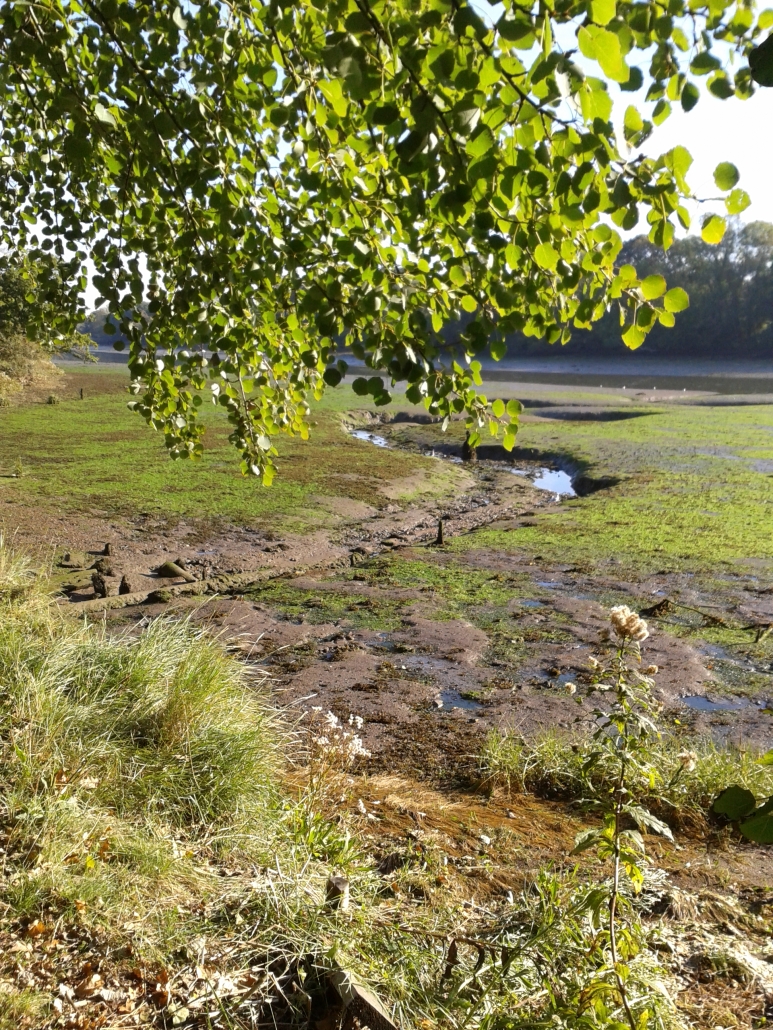
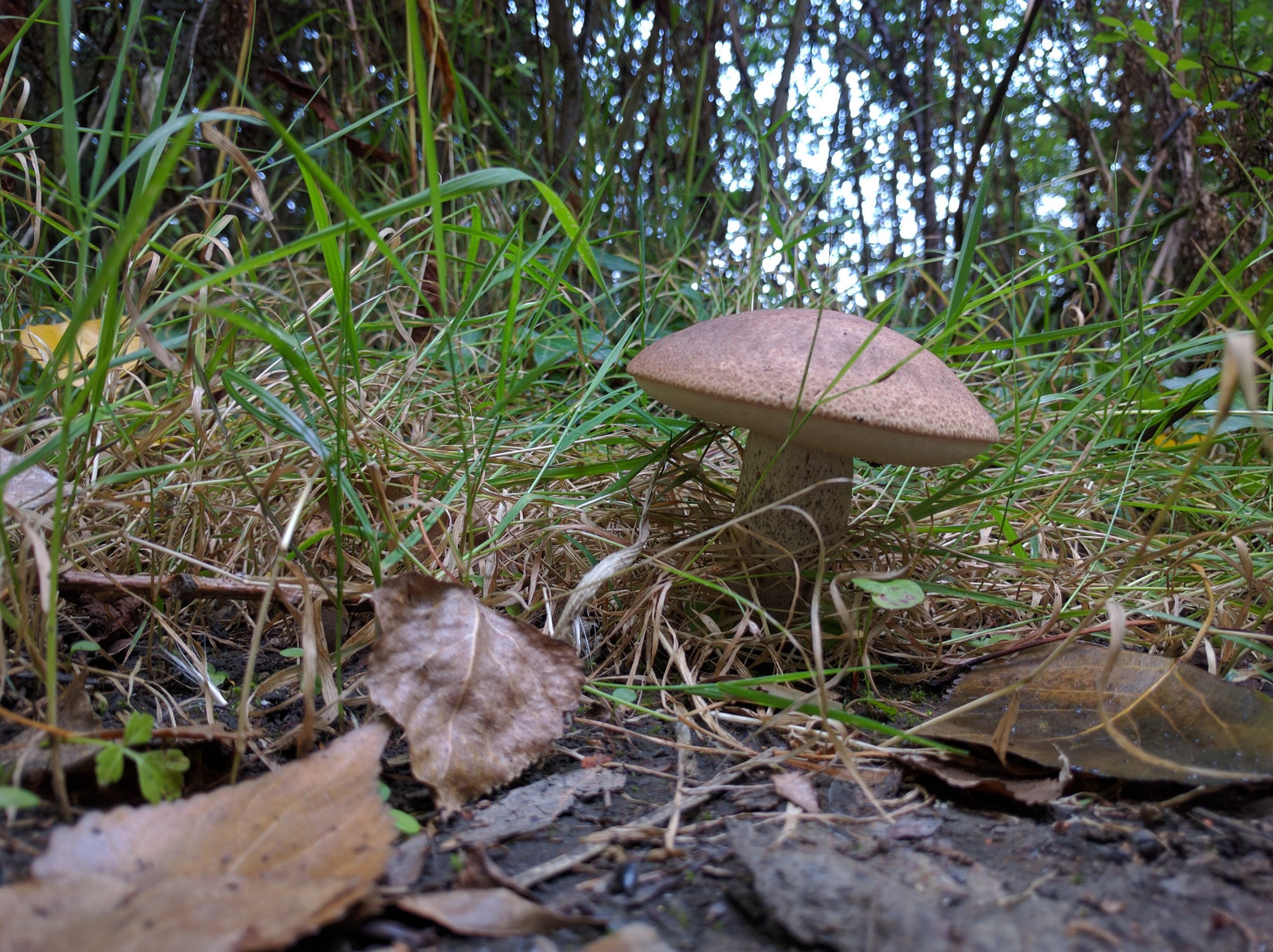
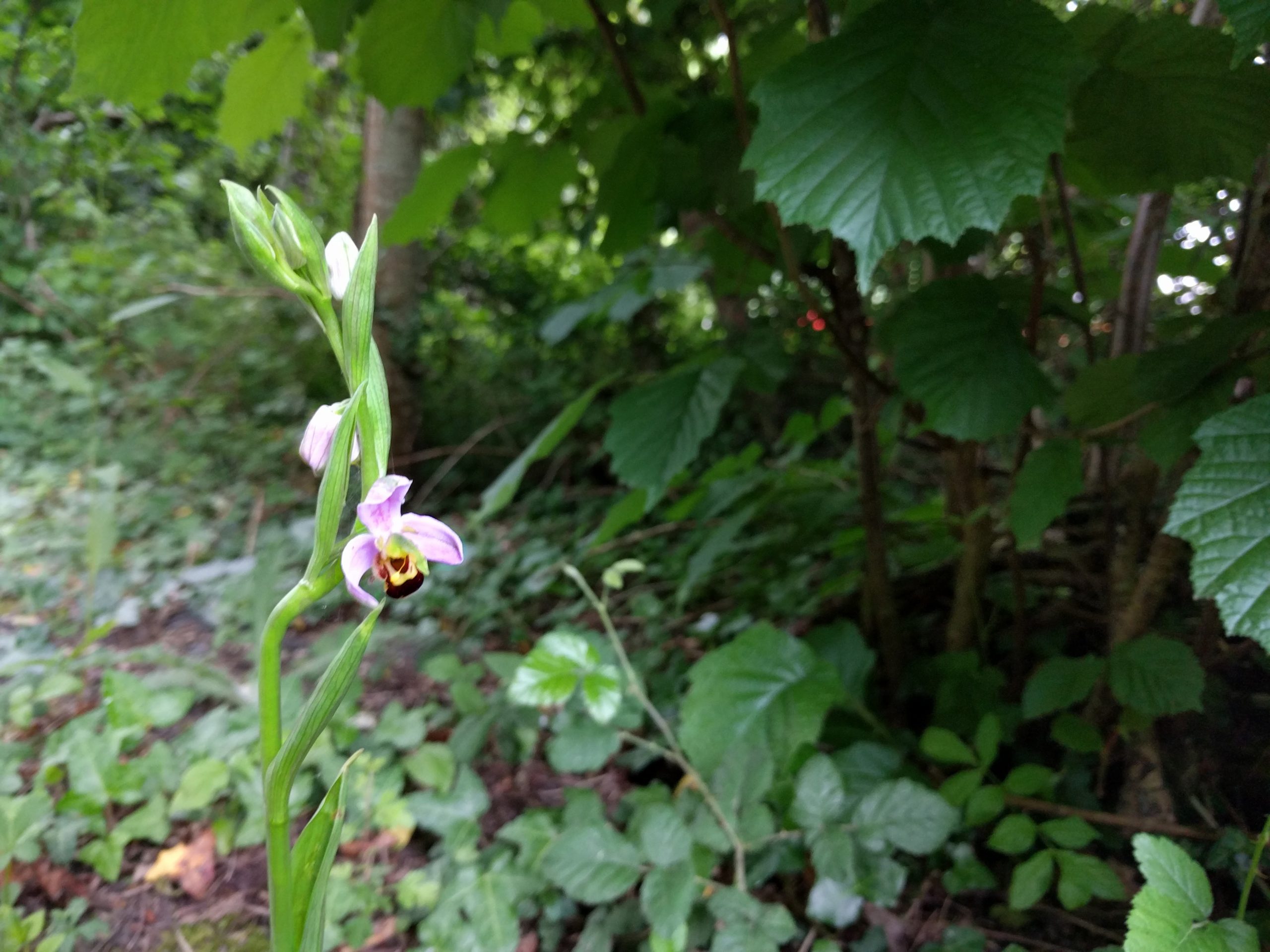
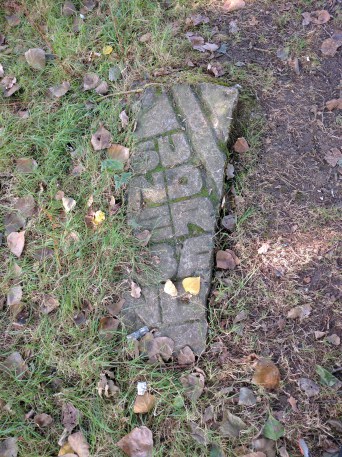
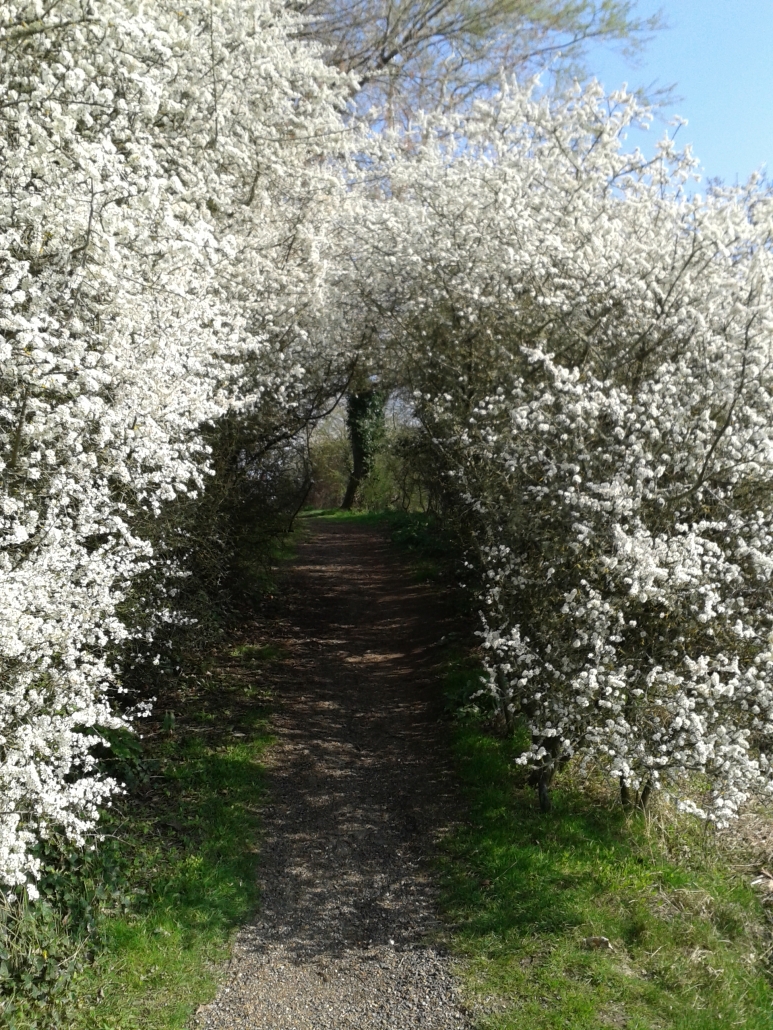
Nature at home and activities on site
We have produced a super Colouring Sheet for you to download and complete at home. We have also produced an I Spy Sheet and Map for you to print at home, or download to your phone and take to the site. And become a Bug Bunch Ranger. All these activities and resources can be found here.
Managing the site
The site is managed as a meadow with some woodland at the northern end, next to the Newport Rowing Club. The meadow is cut on a rotational basis.
How to get there
On foot and by bike – The site is on The Red Squirrel Trail (NCN 23) and marks the start of the section of the route following the old railway line to Cowes. There are four cycle racks within the site, close to the entrance from the cycle track.
By bus – Newport Bus Station + 15 min walk. (Bus Timetables)
By car – There is a small gravel car park for site visitors to use. There is currently a small charge for parking that goes towards the upkeep of the site. Postcode for satnav PO30 5WT
what3words for site entrance from car park ///mash.skidding.cabbages
Access
Once in the site there are no gates, stiles or steps. There is a 1 metre wide path from the cycle track entrance which leads to two picnic tables (one with wheelchair access). There is an Information Pillar at this point. The site Information Pillar has a QR code that links to an audible description creating a mind’s eye view of the area to allow a visually impaired person to enter with confidence. The information pillar also has a QR code that links to a map and activities. There is also a site map on the Information Pillar.
The path then goes to the river edge path. The river edge path is 1 metre wide at its narrowest and traverses the site. Some of this path is part of the sea wall and there is also a wooden bridge with handrails on both sides. The majority of this path is soft soil and can be muddy in wet weather. It is flat. There is a wide grass path circling the site which is at least 2 metres wide. This path is mown, but the grass will not always be short.
The space next to the site entrance is marked with a disability badge. The entrance from the cycle track is gated, but the car park entrance is open. The cycle track provides a surfaced, largely flat link to our nearby Dodnor Creek and Dicksons Copse site.
There are no toilets anywhere near this site. The nearest toilets are in the town of Newport.
We have written an Access Statement or this site. This includes mobility and sensory issues and opportunities. We welcome feedback from users.

We have produced an audible description creating a mind’s eye view of the area to allow a visually impaired person to enter with confidence. It will describe the entrance, the size of the area, where to find further information or help and any major obstacles or features. Information has been produced by visually impaired people ensuring it is useful and accurate. Access the description by scanning the QR code to the left of this text on your phone or tablet, or by clicking here.
Get involved
There are various ways you can help improve and maintain our sites. We rely on volunteers to help with many tasks on our sites and also need people who are happy to regular visit the site be our “eyes and ears”, this means we can respond much quicker to issues. Our shop raises money to support our work and needs a team of volunteers. Or maybe you would like to help us with events. Find out more here.
You can also help by becoming one of our regular supporters. Even giving a few pounds each month can make a real difference, with your donation being invested into site management and improvement work to benefit site visitors and look after our precious wildlife. Sign up here.
